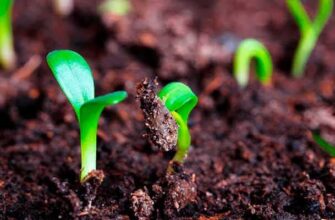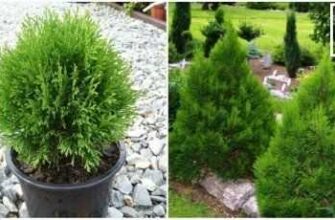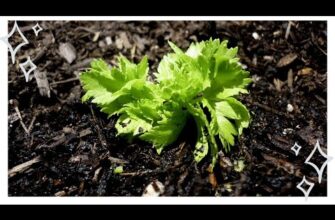- Как снизить стресс растений
- 1. Правильная подготовка к пересадке
- 2. Правильное пересаживание
- 3. Уход после пересадки
- Стресс растений осенью
- Пересадка растений
- Подготовка к осенней пересадке
- Выбор места для пересадки
- Правила осенней пересадки
- Выбор правильного времени
- Подготовка почвы и корня
- Особое внимание к периоду приживления
- Постепенная адаптация к новым условиям
- Особенности ухода после пересадки
- Укрепление иммунитета растений
- 1. Правильная подготовка
- 2. Правильное посадочное место
- 3. Регулярный полив
- 4. Удобрение
- Условия хранения растений
- Температура и влажность
- Освещение
- Полив
- Защита от вредителей
- Восстановление после пересадки
- Успешная адаптация растений
- Выбор подходящего времени
- Правильная подготовка почвы
- Постепенная адаптация
- Регулярный уход
- Вопрос-ответ:
- Какие растения лучше пересаживать осенью?
- Как правильно подготовиться к осенней пересадке растений?
- Как снизить стресс при пересадке?
- Как обеспечить успешную адаптацию растений на новом месте?
- Какие особенности пересадки растений в горшки осенью?
- Видео:
- Циркон и Эпин — антистрессы для растений.
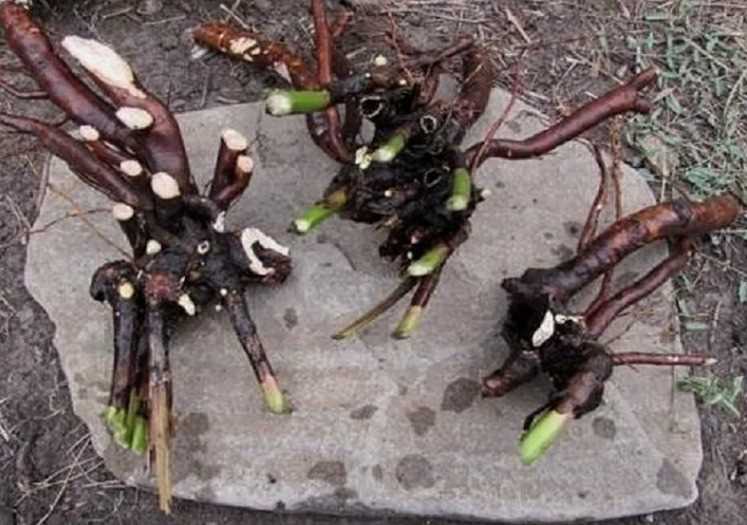
Осенняя пересадка растений может быть стрессовым периодом для них. Перемещение из одного места в другое может вызывать у растений стресс, который может повлиять на их укоренение и адаптацию на новом месте. Однако, с помощью нескольких простых советов, вероятность стресса у растений можно значительно снизить и повысить вероятность их успешной адаптации.
Во-первых, перед осенней пересадкой растений необходимо тщательно подготовить почву. Очистите землю от сорняков и обрежьте все отмершие и поврежденные ветки. Также рекомендуется улучшить почву путем добавления компоста или перегноя. Это поможет создать благоприятные условия для укоренения и роста растений.
Во-вторых, перед пересадкой растений следует хорошо полить их. Это позволит растениям впитать достаточное количество влаги перед тем, как они будут перемещены на новое место. Важно помнить, что растения нуждаются во влаге для своего нормального функционирования, и особенно это важно во время пересадки.
Наконец, после пересадки растений необходимо обеспечить им правильный уход. Регулярный полив, подкормка и удаление сорняков помогут растениям быстрее адаптироваться на новом месте и снизить стресс. Также рекомендуется защитить их от сильного ветра и экстремальных температур, используя укрытия или специальные материалы. Важно помнить, что растения нуждаются во внимании и заботе, особенно после пересадки.
Как снизить стресс растений
Осенняя пересадка растений на новое место часто сопровождается повышенной вероятностью стресса для них. Однако существуют способы, которые помогут снизить этот стресс и обеспечить успешное укоренение и адаптацию на новом месте.
1. Правильная подготовка к пересадке
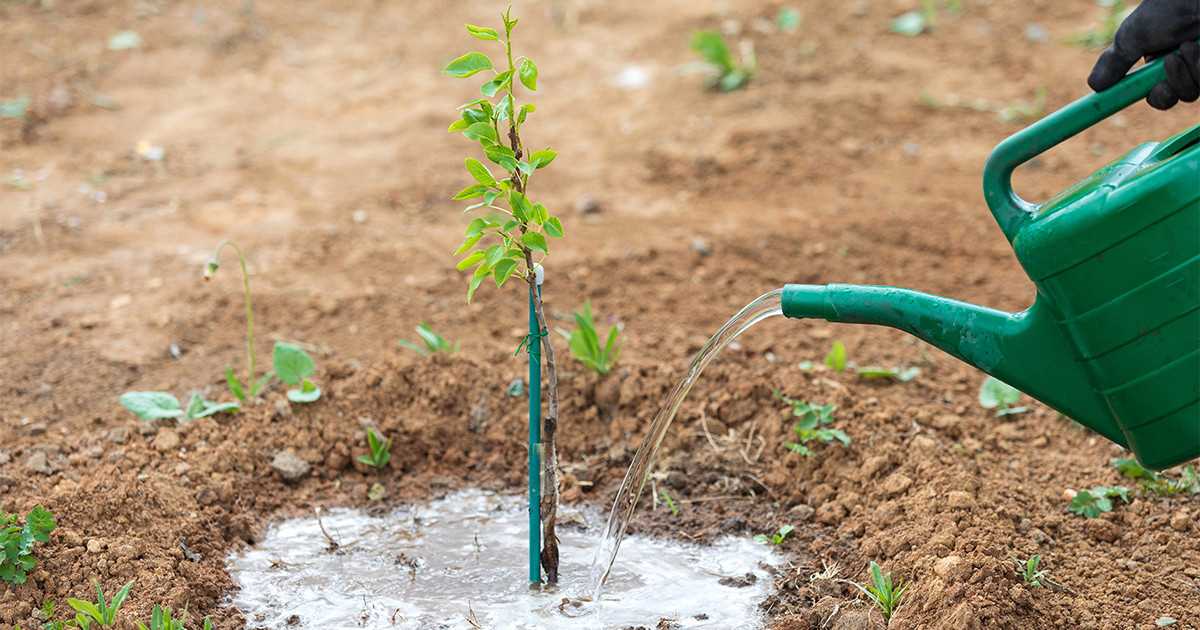
Перед пересадкой растения необходимо подготовить, чтобы уменьшить стресс. Необходимо проветрить комнату перед пересадкой, исключить сквозняки и резкие температурные перепады. Также следует обеспечить растению достаточное количество света и влаги, чтобы оно было в хорошем состоянии перед пересадкой.
2. Правильное пересаживание

При пересаживании необходимо следить за тем, чтобы корни растения не повреждались. Для этого рекомендуется использовать достаточно большую емкость для пересадки, чтобы корни имели достаточно места для роста. Также важно не терять грудку земли при пересадке, чтобы сохранить микроорганизмы и грибы, которые способствуют укоренению растения.
3. Уход после пересадки
После пересадки растение нуждается в особом уходе, чтобы снизить стресс и помочь ему успешно адаптироваться на новом месте. Рекомендуется обеспечить растению оптимальную температуру, влажность и освещение. Также следует избегать частых пересадок и перемещений растения, чтобы не создавать дополнительного стресса.
Соблюдение этих рекомендаций поможет снизить стресс растений при осенней пересадке и обеспечить успешную адаптацию на новом месте.
Стресс растений осенью
Осенняя пересадка растений может вызывать стресс у растений. Вероятность стресса велика, так как растения переносятся на новое место и подвергаются изменениям в условиях выращивания. Особенно важно обеспечить правильное укоренение растений на новом месте, чтобы они успешно адаптировались и продолжили рост.
Стресс растений при осенней пересадке может быть вызван различными факторами, такими как изменение температуры и освещения, изменение влажности почвы, пересадка в другую грунтовую среду, перестановка их местоположения и т. д. Все эти факторы могут повлиять на корневую систему растений и затруднить их укоренение.
Для снижения стресса растений при осенней пересадке и обеспечения успешной адаптации на новом месте, необходимо провести некоторые мероприятия. Во-первых, растения должны быть подготовлены к пересадке заранее, чтобы они были в хорошем состоянии и имели достаточный запас питательных веществ. Во-вторых, необходимо выбрать правильное время для пересадки, учитывая климатические условия и особенности каждого вида растений.
Основным моментом при осенней пересадке является правильное укоренение растений на новом месте. Для этого необходимо обеспечить оптимальные условия для развития корневой системы, включая правильное поливание, удобрение и защиту от заморозков. Также рекомендуется провести подкормку растений, чтобы они получили все необходимые питательные вещества для успешного укоренения.
Пересадка растений
Осенняя пересадка растений — это процесс, который может вызвать стресс у растений и повысить вероятность их неполадок. Чтобы снизить стресс и обеспечить успешную адаптацию на новом месте, необходимо принять несколько мер.
Во-первых, перед пересадкой растения необходимо подготовить. Рекомендуется умеренно увлажнить почву, чтобы корни были легче отделить от горшка. Также следует удалить поврежденные или сухие листья и ветки.
Во-вторых, важно выбрать правильное время для пересадки. Осень — это благоприятный сезон для пересадки, так как растения в это время находятся в состоянии покоя и лучше переносят стресс. Оптимальное время для пересадки — середина осени, когда почва еще достаточно теплая, а ночные температуры не опускаются слишком низко.
В-третьих, для повышения шансов успешной адаптации растений на новом месте, необходимо обеспечить им хорошую дренажную систему. Убедитесь, что горшки имеют отверстия для стока воды, чтобы предотвратить застои и гниение корней.
Также рекомендуется поместить растения в теневое место на несколько дней после пересадки, чтобы уменьшить потерю влаги и снизить стресс. Постепенно привысить растения к солнечному свету и внешним условиям, увеличивая время экспозиции каждый день.
Подготовка к осенней пересадке
Осенняя пересадка растений может быть стрессовым периодом для них, но с правильной подготовкой вы можете повысить вероятность успешной адаптации на новом месте. Важным этапом подготовки к пересадке является укрепление корневой системы.
Перед пересадкой необходимо обеспечить хорошее укоренение растения. Для этого можно использовать специальные подкормки, содержащие минеральные вещества, необходимые для активного роста корней. Также полезно проводить рыхление почвы вокруг растения, что способствует улучшению доступа корней к влаге и питательным веществам.
Особое внимание следует уделить выбору нового места для пересадки. Важно учесть особенности каждого растения и его требования к освещению, влажности и температуре. Помимо этого, также стоит обратить внимание на состав почвы и ее pH-уровень, поскольку некоторые растения могут быть чувствительны к кислотности или щелочности почвы.
Важно помнить, что пересадка растений осенью может быть стрессовым для них, поэтому необходимо снизить нагрузку на растение во время пересадки. Рекомендуется пересаживать растения в прохладное время суток или в пасмурную погоду, чтобы избежать пересушивания корней и перегрева. Также стоит избегать пересадки во время цветения или плодоношения, поскольку это может оказать дополнительный стресс на растение.
Выбор места для пересадки

Осенняя пересадка растений на новое место может быть стрессовым событием для них. Поэтому выбор места для пересадки играет важную роль в обеспечении успешной адаптации и укоренения растений.
1. Климатические условия: Перед пересадкой необходимо учитывать климатические особенности нового места. Важно выбрать такое место, где растения будут чувствовать себя комфортно и вероятность стресса будет минимальной. Изучите характеристики климата, такие как температурный режим, влажность воздуха, освещение и ветровые условия.
2. Подходящая почва: Перед пересадкой растений в новое место необходимо оценить качество почвы. Убедитесь, что почва на новом месте имеет подходящую структуру и плодородие для оптимального укоренения растений. Если почва неподходящая, можно улучшить ее качество путем добавления органических удобрений или перепроползания.
3. Защита от ветра: При выборе места для пересадки растений необходимо обратить внимание на наличие защиты от сильных ветров. Ветры могут повредить нежные растения или вызвать их пересыхание. Поставьте растения в месте, где есть естественная защита от ветра, например, рядом с забором, стеной здания или другими растениями, которые могут служить естественным барьером.
4. Уровень освещенности: Уровень освещенности является важным фактором для успешной адаптации растений на новом месте. Учтите, что разные виды растений имеют различные потребности в освещении. Изучите требования каждого растения в отношении света и выберите для них место, где они получат достаточное количество света для своего нормального роста и развития.
Правильный выбор места для пересадки растений может повысить вероятность успешного укоренения и адаптации на новом месте. Учитывайте климатические условия, качество почвы, защиту от ветра и уровень освещенности при выборе места для осенней пересадки растений.
Правила осенней пересадки
Пересадка растений осенью может быть стрессовым событием для них. Однако, соблюдение определенных правил может повысить вероятность успешной адаптации растений на новом месте и снизить уровень стресса.
Выбор правильного времени
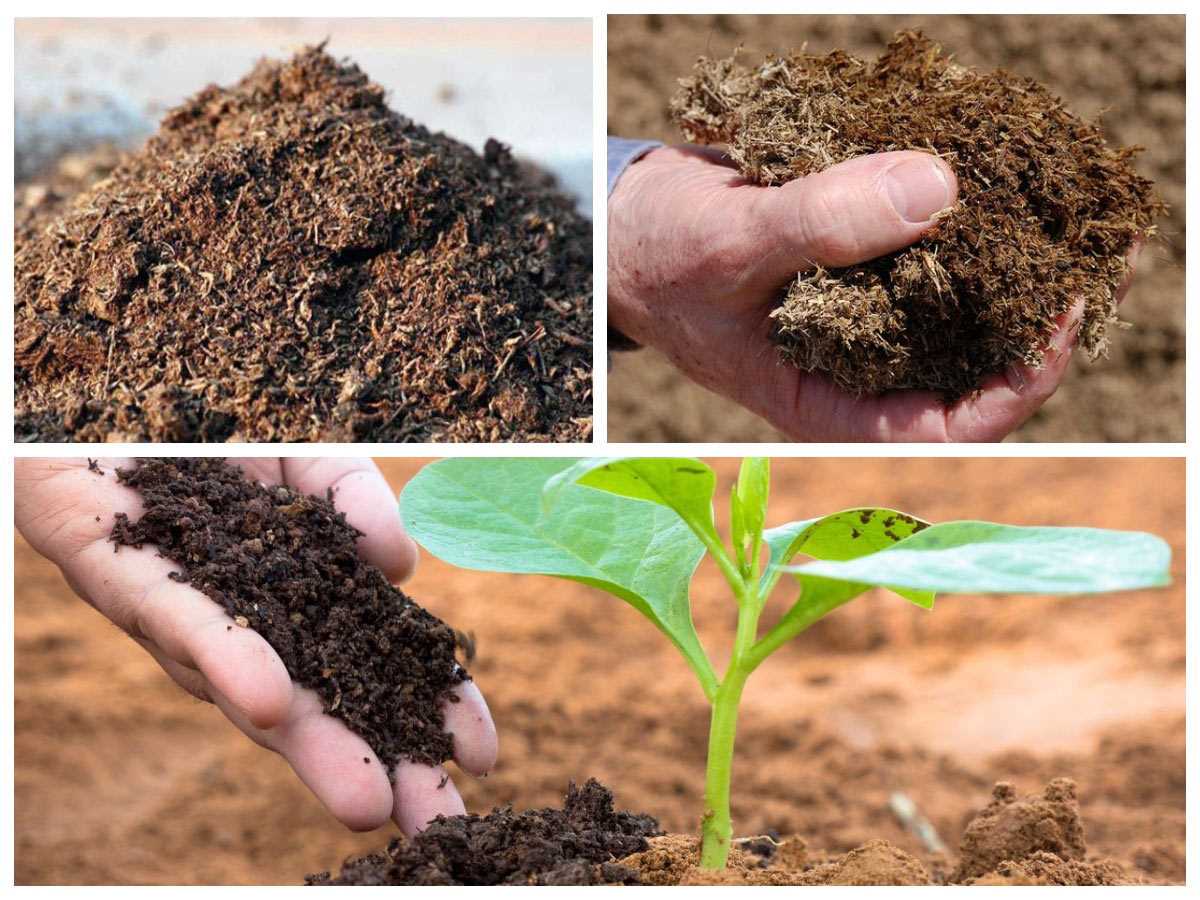
Пересаживать растения следует в период покоя, когда они не активно растут и не цветут. Осень — оптимальное время для пересадки, так как растения готовятся к зимнему периоду и укоренение происходит быстрее.
Подготовка почвы и корня
Перед пересадкой следует провести подготовку почвы и корневой системы растения. Почва должна быть хорошо пропитана влагой, но не переувлажнена. Корневая система растения должна быть осмотрена на наличие повреждений и обрезана, если это необходимо.
Особое внимание к периоду приживления
Период приживления после пересадки является наиболее стрессовым для растений. Чтобы повысить вероятность успешного укоренения, рекомендуется создать оптимальные условия для растения: обеспечить ему достаточное количество света, поддерживать оптимальную температуру и влажность в помещении, где оно находится.
Постепенная адаптация к новым условиям
Растения следует постепенно адаптировать к новым условиям после пересадки, особенно если они переезжают в другое место с различными условиями выращивания. Постепенное привыкание к новым условиям помогает растению снизить стресс и успешно приспособиться к новым условиям.
Так стоп!!! Вы всё ещё не подписаны на наши каналы в Телеграмм и Дзен? Посмотрите: ТГ - (@historyfantasydetectivechat) и Дзен (https://dzen.ru/myshortsstorys)
Особенности ухода после пересадки
После пересадки растение оказывается на новом месте, что может вызвать стресс и затруднить его адаптацию. Однако, с правильным уходом, вероятность успешного укоренения и адаптации на новом месте можно повысить.
Осенняя пересадка является особенно сложным периодом для растений, так как они готовятся к зимнему покою. Поэтому особое внимание должно быть уделено их уходу после пересадки.
Важно обеспечить растению достаточное количество влаги, но не переувлажнять почву. Для этого можно использовать систему полива с таймером или следить за состоянием почвы регулярно, проверяя ее влажность пальцем.
Также следует избегать частого пересаживания растений, чтобы не нанести дополнительного стресса. Лучше пересаживать растения весной или ранней осенью, когда они активнее растут и имеют больше шансов успешно адаптироваться на новом месте.
Важно помнить о регулярном подкормке растений после пересадки, чтобы обеспечить им необходимые питательные вещества для активного укоренения и роста. Для этого можно использовать специальные удобрения, которые содержат необходимые микроэлементы.
Также растениям после пересадки нужен покой и защита от излишнего солнечного света, чтобы они могли успешно укорениться и адаптироваться на новом месте. Для этого можно использовать укрывной материал или поместить растение в полутенистое место.
Укрепление иммунитета растений
Пересадка растений на новое место может вызвать стресс и снизить вероятность успешного укоренения. Чтобы повысить шансы растения на адаптацию и укрепление иммунитета, необходимо принять несколько мер.
1. Правильная подготовка
Перед пересадкой растение необходимо тщательно подготовить. Это включает удаление поврежденных и больных листьев, обработку корней стимуляторами роста, а также обрезку сильно вытянутых побегов. Это поможет растению сохранить энергию и сосредоточиться на укоренении в новом месте.
2. Правильное посадочное место
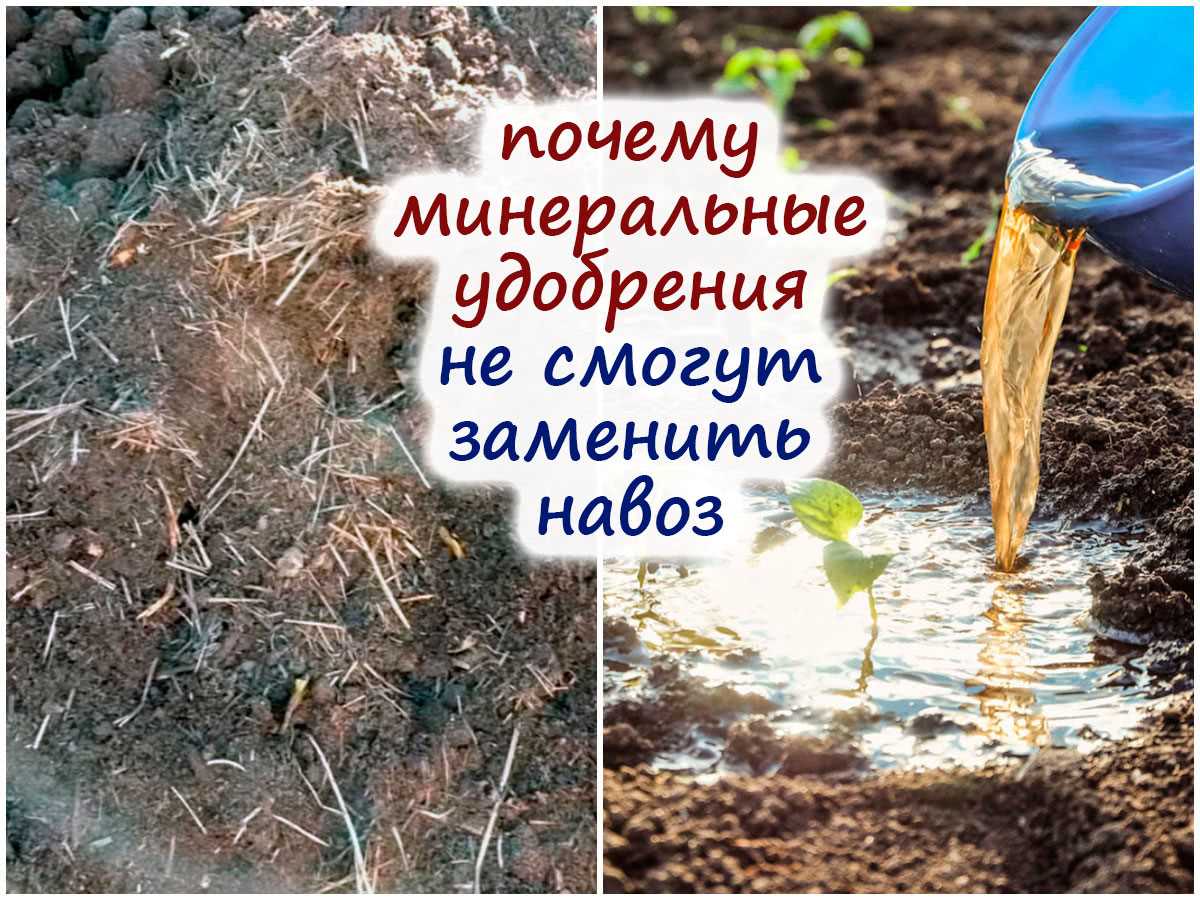
Выбор правильного места для пересаживаемого растения также важен для его укрепления иммунитета. Растение должно получать достаточно света, но не быть подвержено прямым солнечным лучам в течение дня. Также необходимо обеспечить хорошую дренажную систему для предотвращения застоя влаги, что может привести к гниению корней.
3. Регулярный полив
Регулярный полив является ключевым фактором для успешного укоренения растения и повышения его иммунитета. Растение должно получать достаточное количество влаги, но не быть перенасыщенным. Рекомендуется поливать растение утром или вечером, чтобы избежать высыхания почвы и повреждения корней от солнечных лучей.
4. Удобрение

Для укрепления иммунитета растения можно использовать специальные удобрения, которые содержат необходимые микроэлементы и витамины. Однако не стоит переусердствовать с удобрениями, чтобы не перегрузить растение и не вызвать его стресс.
Соблюдение всех этих мер позволит растению успешно адаптироваться на новом месте и повысит его иммунитет, снизив вероятность стресса при пересадке.
Условия хранения растений
Осенняя пересадка растений может вызвать стресс и затруднить их адаптацию на новом месте. Однако, правильные условия хранения и пересадки могут значительно повысить шансы укоренения и успешной адаптации растений на новом месте.
Температура и влажность

Важно сохранять оптимальные температурные условия во время хранения растений. Во избежание перегрева или переохлаждения, растения следует хранить в прохладном месте с температурой от 10 до 20°C. Также необходимо обеспечить достаточную влажность воздуха, чтобы предотвратить пересыхание корней.
Освещение
Растения нуждаются в достаточном освещении даже во время хранения. Чтобы сохранить их здоровье, необходимо обеспечить достаточное количество света. Если растения хранятся в темном помещении, их следует периодически выносить на свет для получения необходимого количества фотосинтетического освещения.
Полив
Важно обеспечивать растения регулярным поливом во время хранения. Но не следует переусердствовать, чтобы не вызвать гниение корней. Растения следует поливать умеренно, поддерживая постоянную влажность грунта без избытка воды.
Защита от вредителей
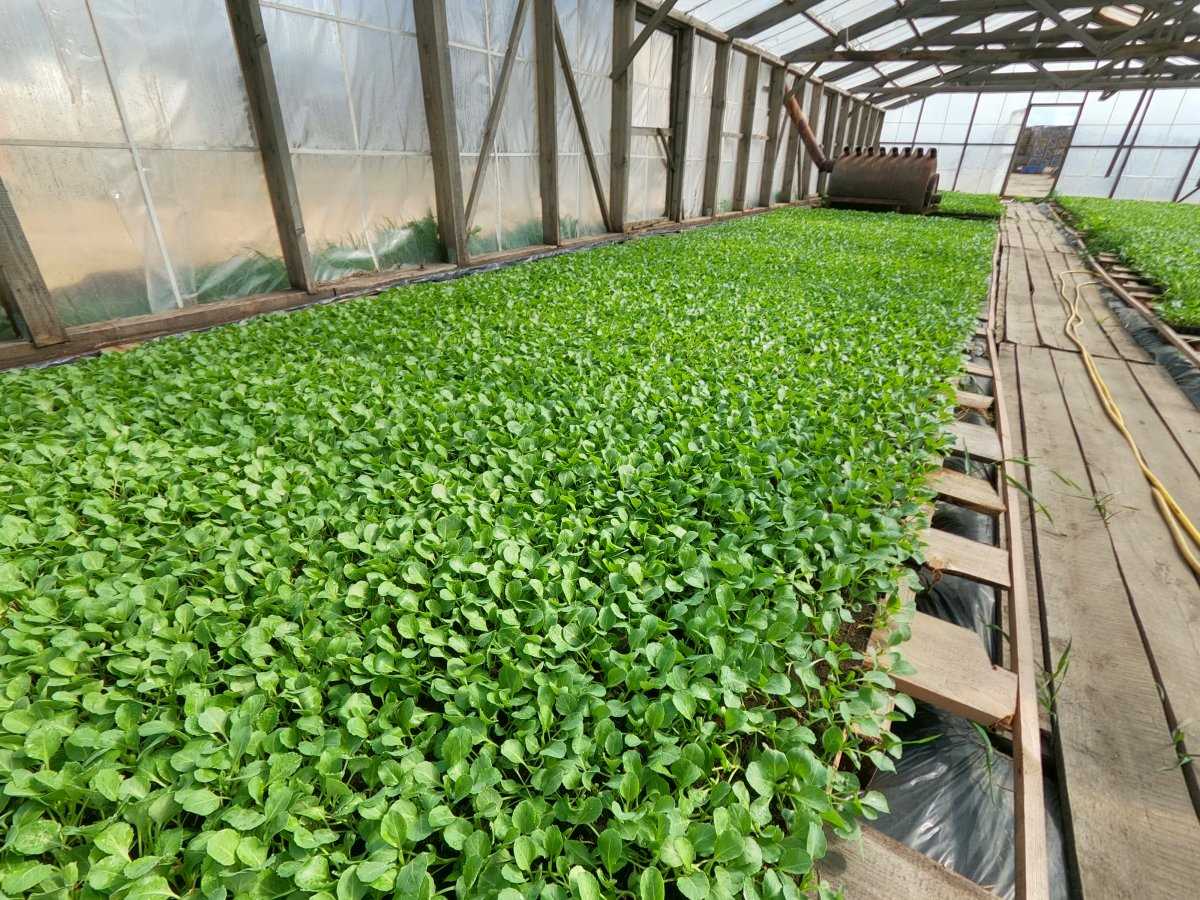
Растения могут быть подвержены атакам вредителей во время хранения. Чтобы предотвратить повреждение растений, регулярно осматривайте их на наличие вредителей и применяйте соответствующие меры защиты, такие как использование инсектицидов или биологического контроля.
Восстановление после пересадки
После осенней пересадки растения испытывают стресс, который может повлиять на их дальнейшее развитие и укоренение на новом месте. Однако существуют способы, которые помогут повысить вероятность успешной адаптации и восстановления растений.
Правильный выбор времени пересадки: Пересаживать растения следует в оптимальное время, когда они находятся в период покоя и их корни наиболее активны. Это поможет снизить стресс и ускорить процесс укоренения на новом месте.
Подготовка почвы: Перед пересадкой необходимо хорошо подготовить почву, обеспечивая необходимую влажность и питательные вещества. Это поможет растениям быстрее восстановиться и приспособиться к новым условиям.
Оптимальный уход: После пересадки растения требуют особого внимания и ухода. Регулярное поливание, подкормка и защита от паразитов и болезней помогут растениям быстрее восстановиться и укрепиться.
Постепенная адаптация: Чтобы снизить стресс растений, их следует постепенно привыкать к новым условиям. Начинать растениям следует с маленьких пересадок и постепенно увеличивать размер горшка или грядки. Это позволит растениям медленно, но уверенно приспособиться к новому месту.
Успешная адаптация растений
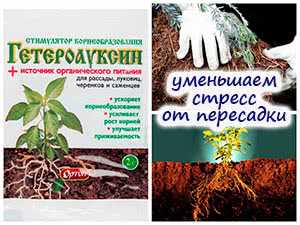
Пересадка растений осенью может вызывать стресс у растений и снижать их вероятность успешно адаптироваться на новом месте. Однако, существуют способы, которые помогают повысить шансы растений на успешную адаптацию и снизить уровень стресса.
Выбор подходящего времени
Осенья период является наиболее подходящим для пересадки растений. В это время года температура мягче, что позволяет растениям приспособиться к новым условиям постепенно. Кроме того, осенью земля еще теплая, что способствует быстрому укоренению и развитию растений.
Правильная подготовка почвы
Перед пересадкой растений необходимо правильно подготовить почву. Для этого следует удалить сорные растения и применить удобрения, которые помогут растениям получить необходимые питательные вещества. Также стоит обратить внимание на влажность почвы и поддерживать ее на оптимальном уровне.
Постепенная адаптация
Растения нуждаются во времени, чтобы привыкнуть к новым условиям. Поэтому стоит предоставить им время для адаптации. Не рекомендуется сразу подвергать растения стрессовым условиям, таким как сильное освещение или переувлажнение. Лучше постепенно привыкать к новым условиям, постепенно увеличивая время нахождения растений на новом месте.
Регулярный уход
Растения, перенесшие пересадку, требуют особого внимания и заботы. Регулярный полив, удаление сорняков, регулярный осмотр растений на наличие заболеваний и вредителей поможет им успешно адаптироваться и сохранить здоровье. Кроме того, регулярный уход способствует быстрому восстановлению растений после пересадки.
Вопрос-ответ:
Какие растения лучше пересаживать осенью?
Осень является оптимальным временем для пересадки большинства растений, так как они уже прошли период активного роста и находятся в состоянии покоя. Особенно рекомендуется пересаживать декоративные кустарники и деревья, так как в это время они лучше укореняются и подготовлены к зиме.
Как правильно подготовиться к осенней пересадке растений?
Перед началом пересадки растений осенью, необходимо подготовить почву на новом месте. Она должна быть рыхлой, плодородной и хорошо дренированной. Также перед пересадкой следует обеспечить растению необходимое количество влаги и провести подкормку, чтобы оно было максимально готово к переходу.
Как снизить стресс при пересадке?
Чтобы снизить стресс у растений при осенней пересадке, необходимо правильно и бережно перенести их с одного места на другое. Необходимо обратить особое внимание на корни растений, чтобы они не повредились в процессе пересадки. Также рекомендуется укреплять растение после пересадки, чтобы оно не падало и не подвергалось дополнительным повреждениям.
Как обеспечить успешную адаптацию растений на новом месте?
Для успешной адаптации растений на новом месте после осенней пересадки необходимо регулярно поливать растение и следить за его состоянием. Также рекомендуется защитить растение от перепадов температуры и внешних воздействий, чтобы оно могло спокойно приспособиться и укорениться на новом месте.
Какие особенности пересадки растений в горшки осенью?
Пересадка растений в горшки осенью имеет свои особенности. Во-первых, необходимо выбрать подходящий горшок с хорошей дренажной системой. Во-вторых, перед пересадкой следует обрезать корни растения, чтобы оно легче адаптировалось к новым условиям. Также важно учесть, что растение будет нуждаться в особом уходе и регулярном поливе в течение первого времени после пересадки.


